How to Identify Trees in the Dormant Stage: What to Look For

When most people think of trees, they think of the leaves and branches that are lush and green. However, there are many trees that enter a dormant stage during wintertime. It is easy to identify these trees even when they are dormant, if you know what to look for. In this blog post, we will discuss the characteristics of trees in the dormant stage so that you can quickly identify them!
When trying to identify a tree in its dormant state, a few key characteristics to look for will help. These include the buds, lenticels, leaf arrangement, and bark. By familiarizing yourself with these features, you'll be able to identify many different types of trees, even without leaves.
One of the most important things to look for when identifying a dormant tree is the buds. The size, shape, and color of the buds can be very helpful in determining the type of tree. For example, oak tree buds are typically larger and more pointed than a maple tree. Another way to tell the difference is that oak tree buds are usually dark brown or black, whereas maple tree buds are typically red.

Corona TP6870 Pole Pruner With 7-14FT Telescoping Fiberglass Pole
Includes 13" razor tooth saw blade
When you purchase through links on this site, we may earn a small commission at no additional charge to you.
Another key feature to look for when identifying a dormant tree is the lenticels. These are pores on the bark that allow air exchange between the inner and outer layers of the tree. Many different trees have lenticels, but they can vary widely in size and shape depending on the species. For example, walnut trees tend to have fairly prominent and somewhat raised lenticels, whereas birches typically have more numerous but much smaller lenticels that are barely noticeable.
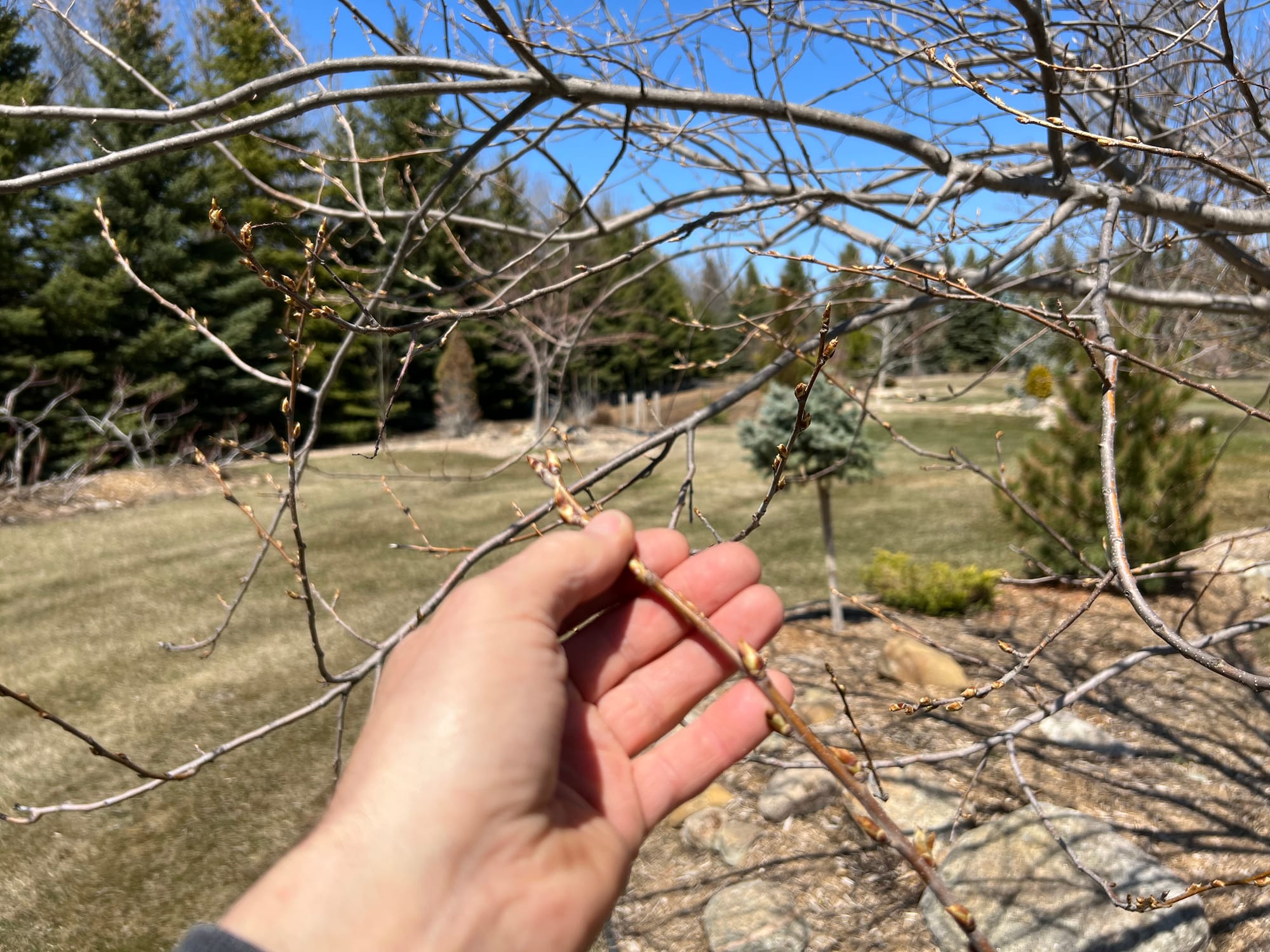
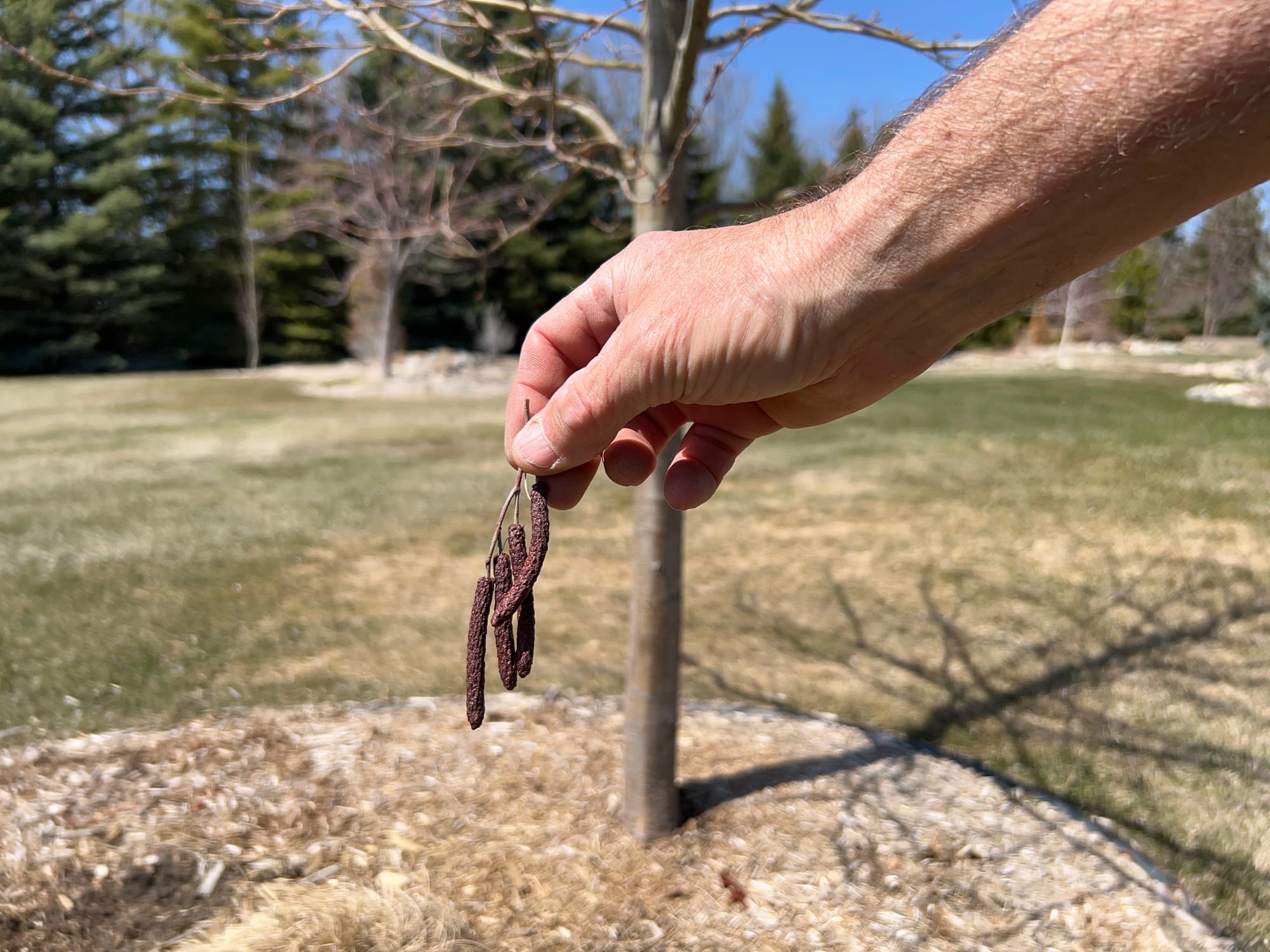
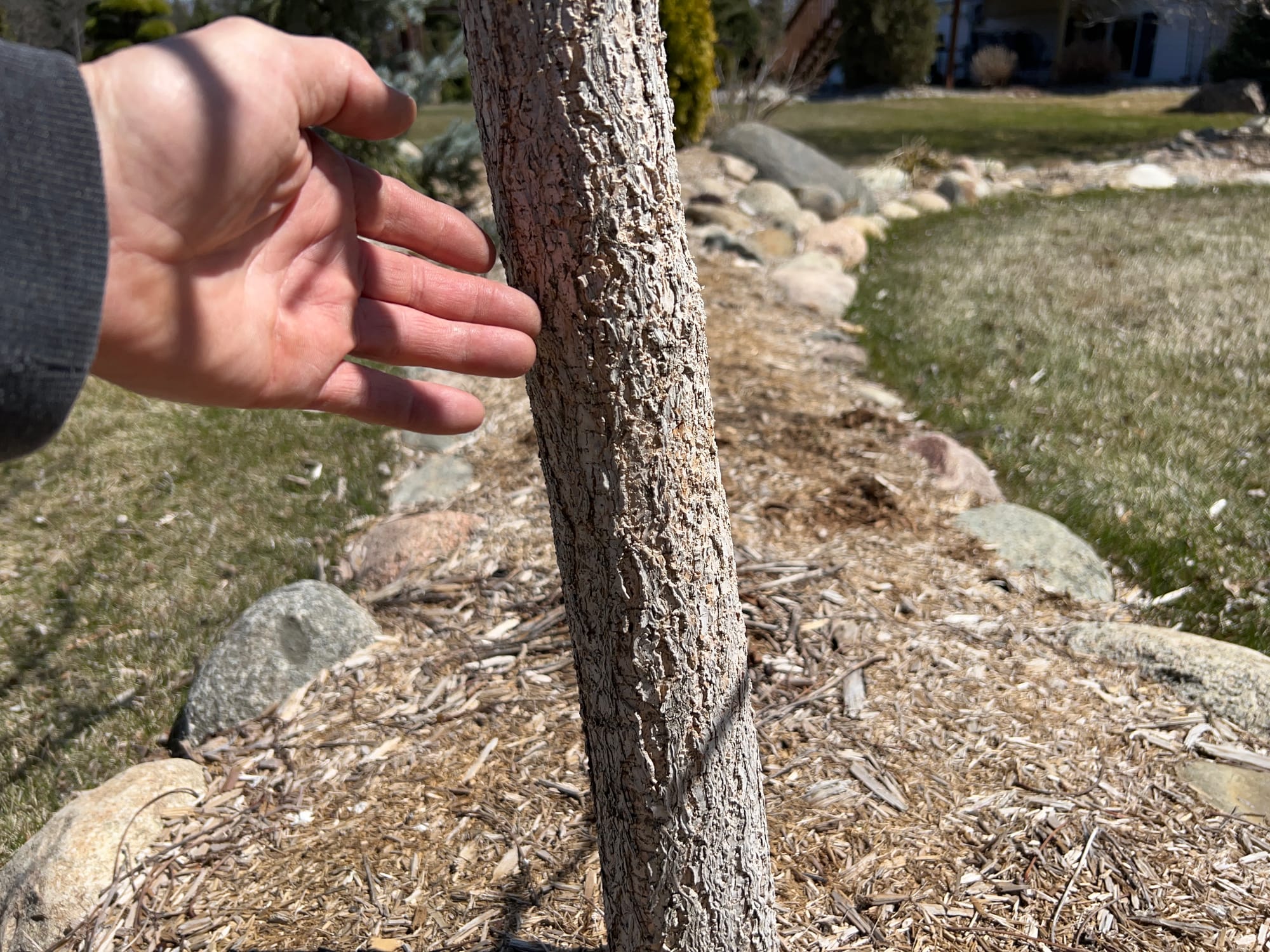
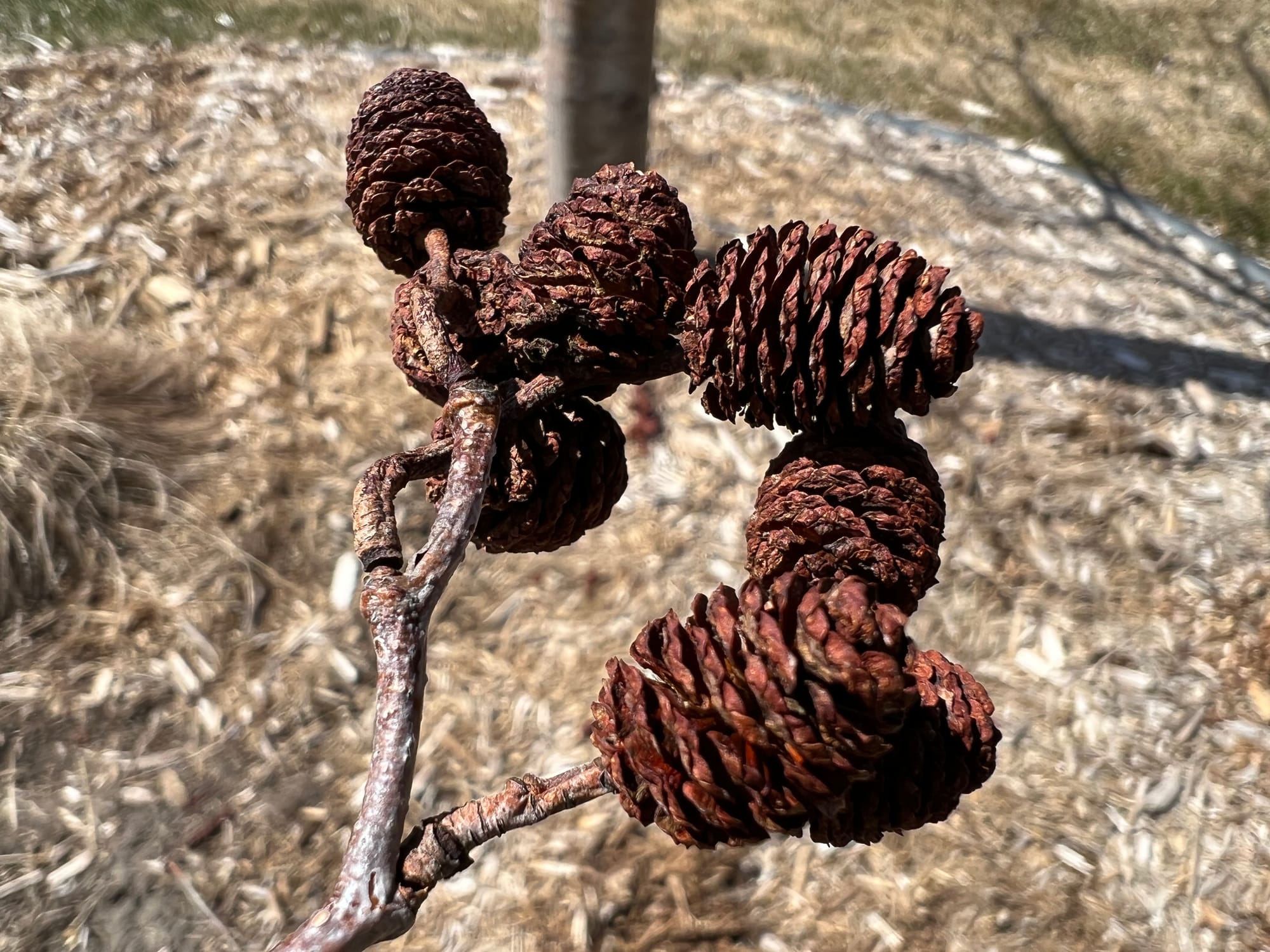
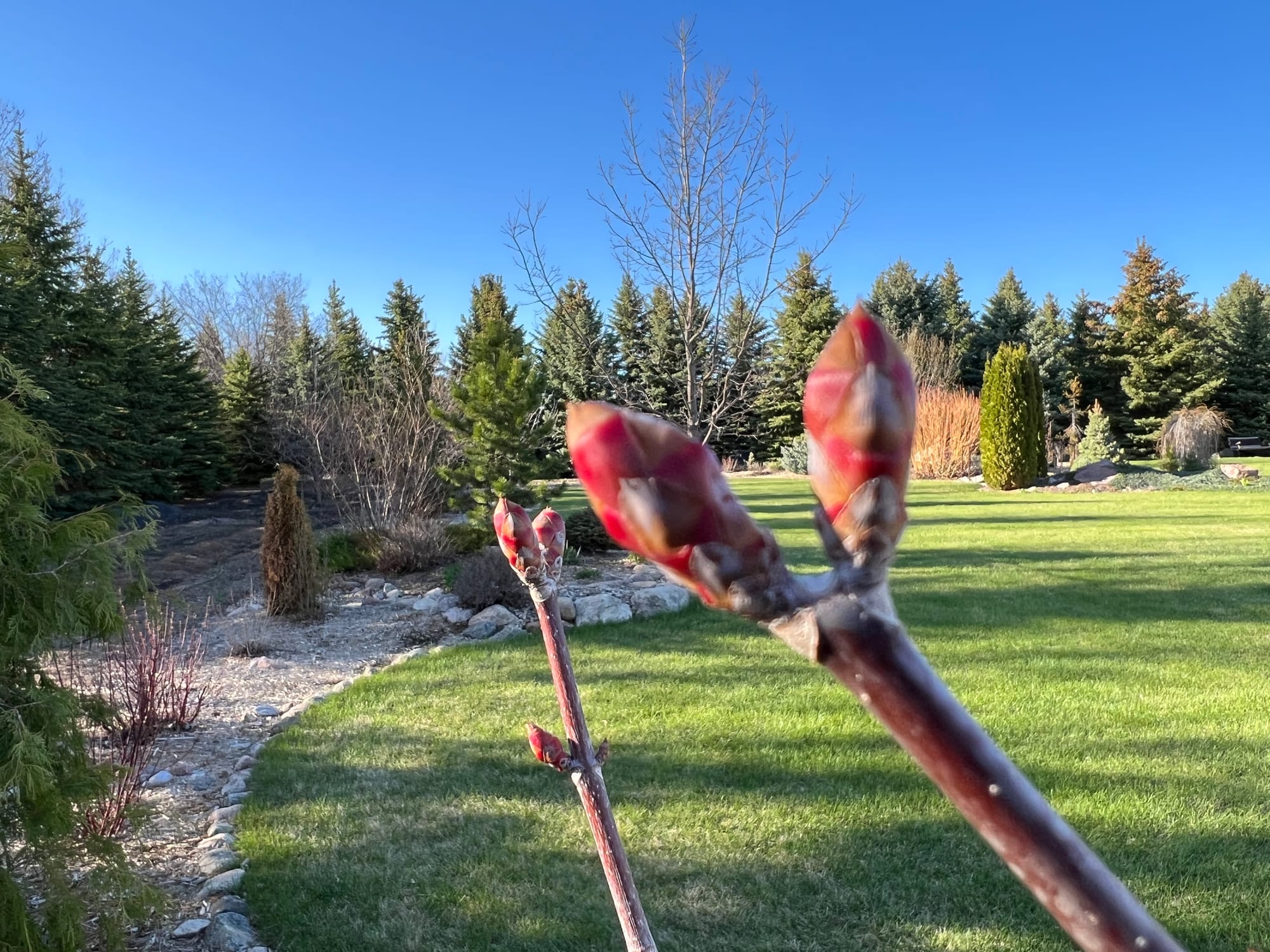
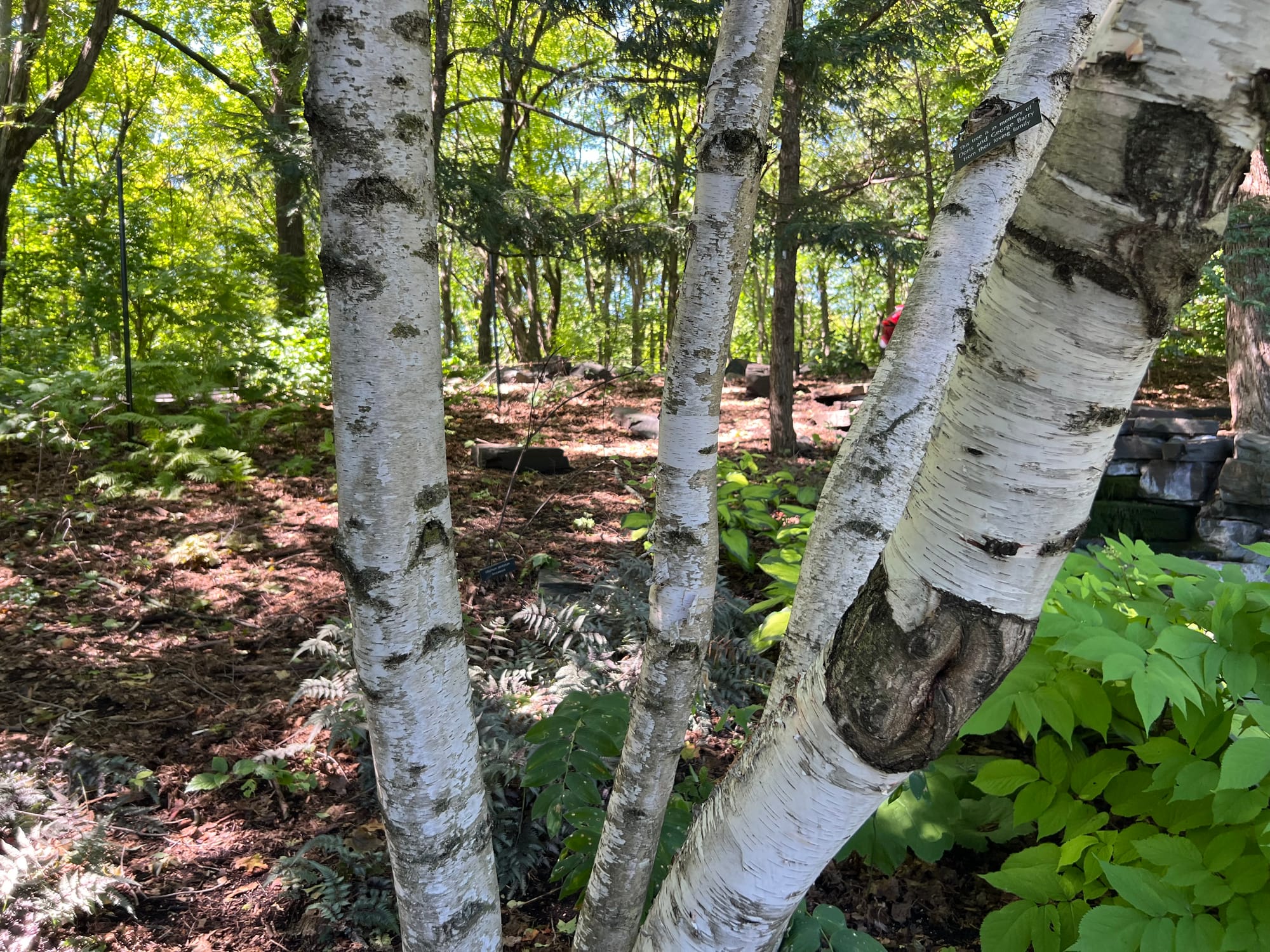
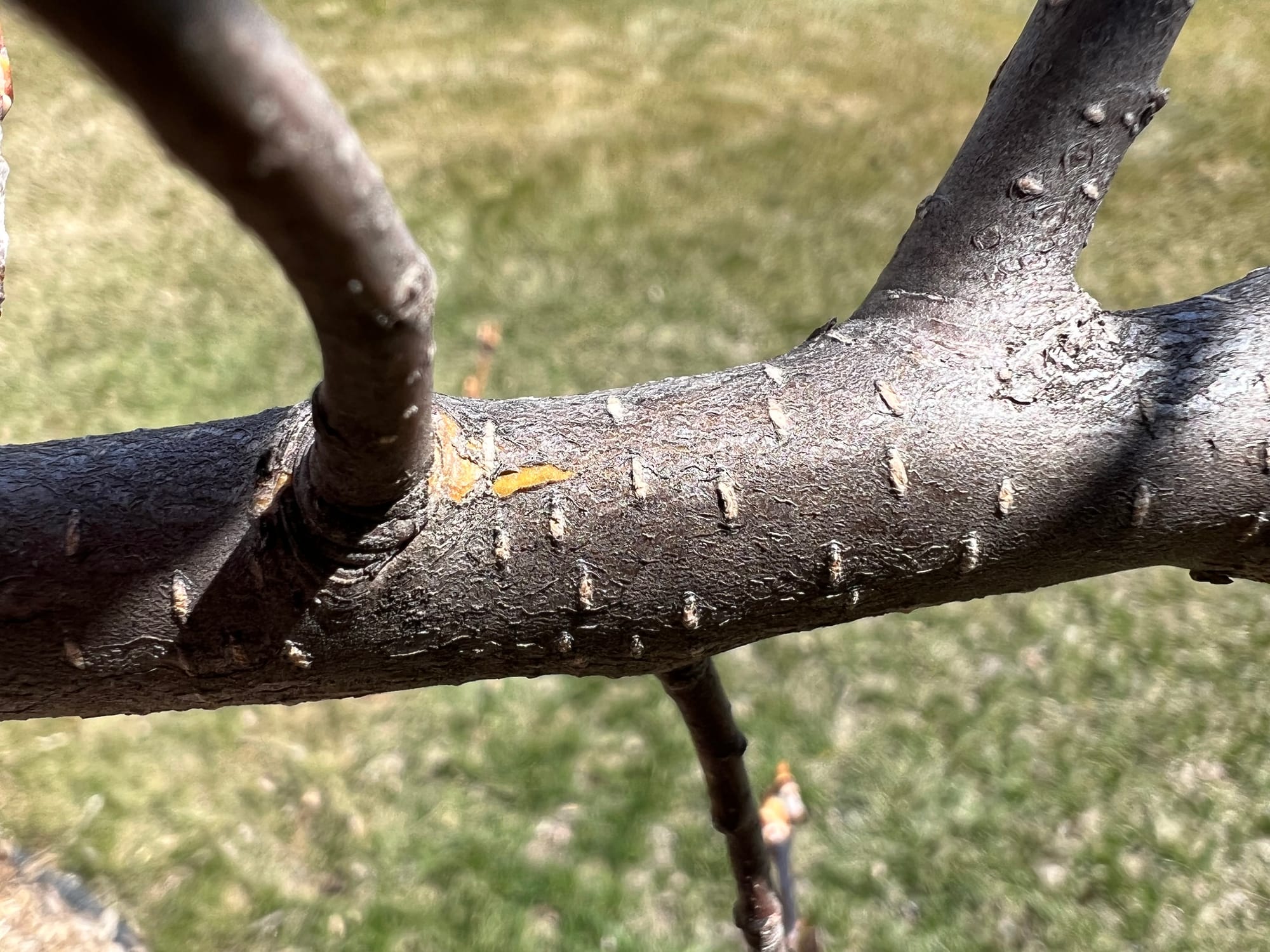
Even When Dormant, Trees Offer Clues For Identification
When identifying a dormant tree, it is also important to look at the leaf arrangement on the twigs. Different species of trees can have different leaf arrangements, which can be a key indicator of what kind of tree you are identifying. For example, maple trees usually have opposite leaves (two leaves coming off the same node) or whorled leaves (three or more leaves). Oak trees typically have alternately arranged leaves (leaves that alternate on either side along the twig).
Finally, the bark of a tree can also help identify it. The bark's color, texture, and pattern can all vary depending on the species. For example, birch trees have smooth, white bark with dark horizontal lines, while maple trees have rough, scaly bark that is usually red or brown. By familiarizing yourself with these features and practicing your tree identification skills, you'll be able to accurately identify many different types of trees when they are in their dormant state.
Thanks for stopping by Garden Hike!
Kevin
Make sure you check out A.M. Leonard for all your horticulture tools and supplies. They're my go-to supplier! They've been in business since 1885 and have excellent quality and selection.
Use promo code GARDENHIKE10 at checkout to receive 10% off any order.

When you purchase through links on this site, we may earn a small commission at no additional charge to you.
